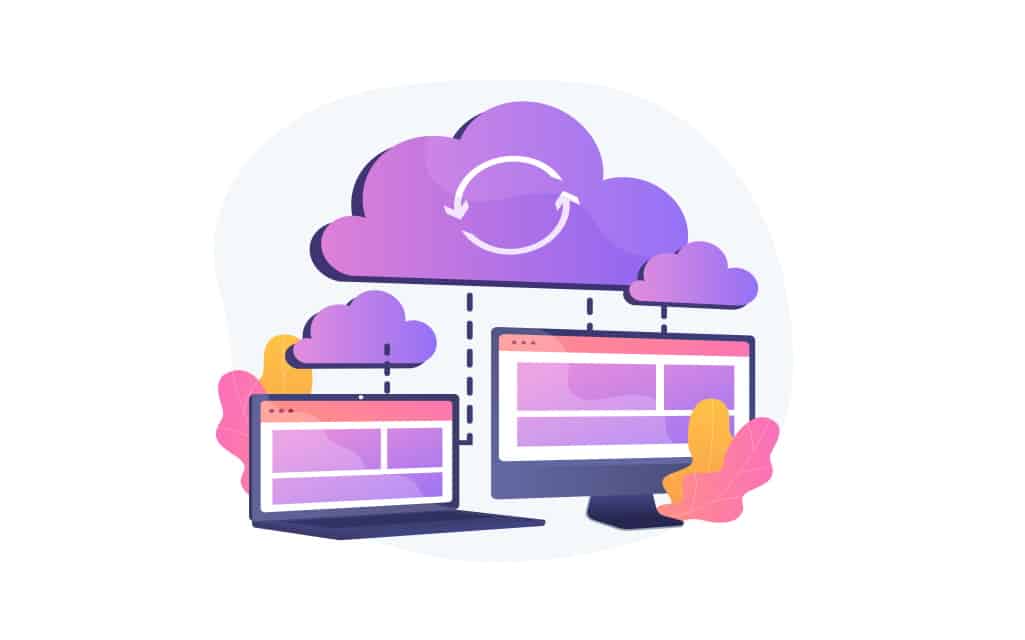Cloud computing is popular for its self-service model, allowing users to manage their resources without requiring any direct IT intervention. You can use a customer self-service portal or your own private one, both of which take place from web-based portals.
However, creating a portal for your own private cloud isn’t simple! Developers have to design and implement them carefully in order to prevent them from being misused.
But how does that work?
This article will tackle what you need to know about improving your private cloud self-service portal.
How to Improve a Private Cloud Self-Service Portal
The demand for private cloud self-service portals is increasing, as they save a ton of time and effort in completing tasks. With such efficiency, productivity among team members is improved, though it all depends on the portal’s design and features.
With that said, here are some tips on creating a suitable private cloud self-service portal for you and your business needs:
- Meet the REAL Needs
People can’t create tools without understanding the problems they should solve. There are designers who invest a lot of resources to create the perfect private cloud self-service portal, only to realize that it doesn’t meet the underlying needs of users. After all the hard work and time spent, the result will typically be a failed design.
That’s why it’s best to start with a great design that involves users right from the beginning. It should be a simple design that addresses user goals instead of showing the technical prowess of designers. Basically, give users what they need over what designers think the tool should have.
It’s also important to limit available options for certain features and keep all the functions clear and easy to follow, as well as readily available. This will reduce user confusion and take less time to learn and use.
- Use a Phased Approach
Portals are seldom perfect after the first release, which is totally normal. Web-based cloud portals are actually the ideal candidates for the continuous or iterative delivery models that DevOps uses.
Portals usually begin with just a small suite of the basic features, and are then refined with more features added in the long run.
You can have developers perform a beta test of a new web portal release as they run an established portal. That way, users can test this new release candidate, providing feedback on the changes, while using the current portal for their resources.
- Make it Accessible and Usable
People won’t spend too much time trying to figure out how to use a website that is poorly designed, which is why designers should create an accessible entity.
It’s essential to make sure that people can find the cloud self-service portal, which can be done by adding the portal link to the organization’s websites. Search engine optimization (SEO) can also be utilized to increase portal rankings on search engines such as Google. SEO is especially important if users outside the organization will access the portal.
Furthermore, make sure that the portal supports different web browsers and devices to support cross-platform access no matter what the underlying endpoint configuration is.
The overall design should concentrate on simplicity by minimizing options, lists, hyperlinks, and the like, while focusing more on what is most used and important. Furthermore, navigational choices should be streamlined and placed carefully in strategic areas, designed to smoothly respond to any user mistakes.
- Personalize it
When you personalize your portal, you gain valuable information about users and their preferences. Save those preferences and choices to be recalled when users re-enter a portal, thereby speeding up and simplifying users’ interactions with the portal. This also eliminates many possible errors.
- Keep Content Clear and Include Help
End users usually have little to no IT knowledge. Therefore, avoid using documents and texts that have too many technical terms, jargon, and/or assumed knowledge, as this will confuse and frustrate them.
Make sure that you keep things simple and clear, with all content being concise and easy to understand. Also, make sure that you integrate support into the portal design, as issues are inevitable and end users will probably require assistance at some point.
- Measure Performance and Continue Improving it
Continue improving the portal based on its performance and the feedback and data you receive as you measure its key performance metrics. This will allow you to know what works (and what doesn’t) in the portal so that you can maintain its functionality and satisfy end users with new features to keep them happy and engaged.
Wrapping it up
With a self-service portal that is properly structured, users won’t have trouble understanding how it works or how to navigate it. This will increase productivity without having to go through IT intervention, which will save a lot of time and effort in the long run. All it takes is better designs and continuous improvements to keep end users engaged and satisfied.
Hopefully, you will be able to better design your private cloud self-service portal with these helpful tips! Don’t wait any longer and start following these tips for a functional and efficient portal to help your end users now.
For those who have questions or want to share their insights about private cloud self-service portals, share them in the comments section below. All tips and experiences will be much appreciated.



